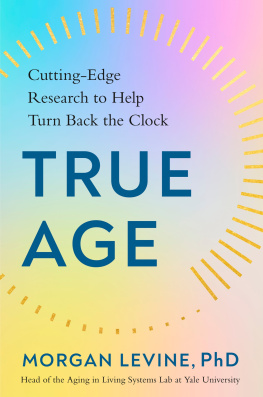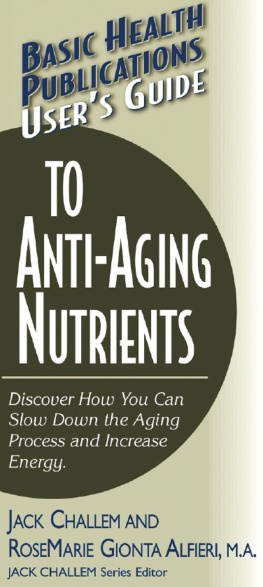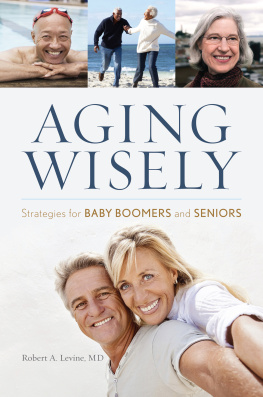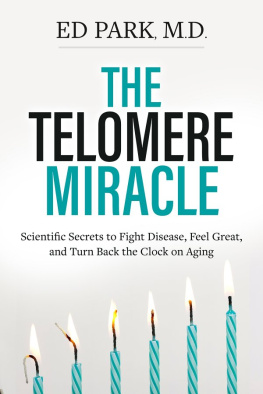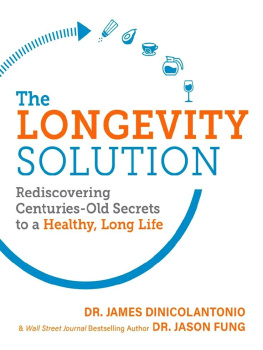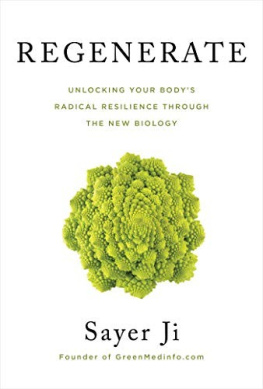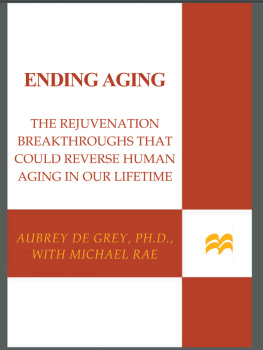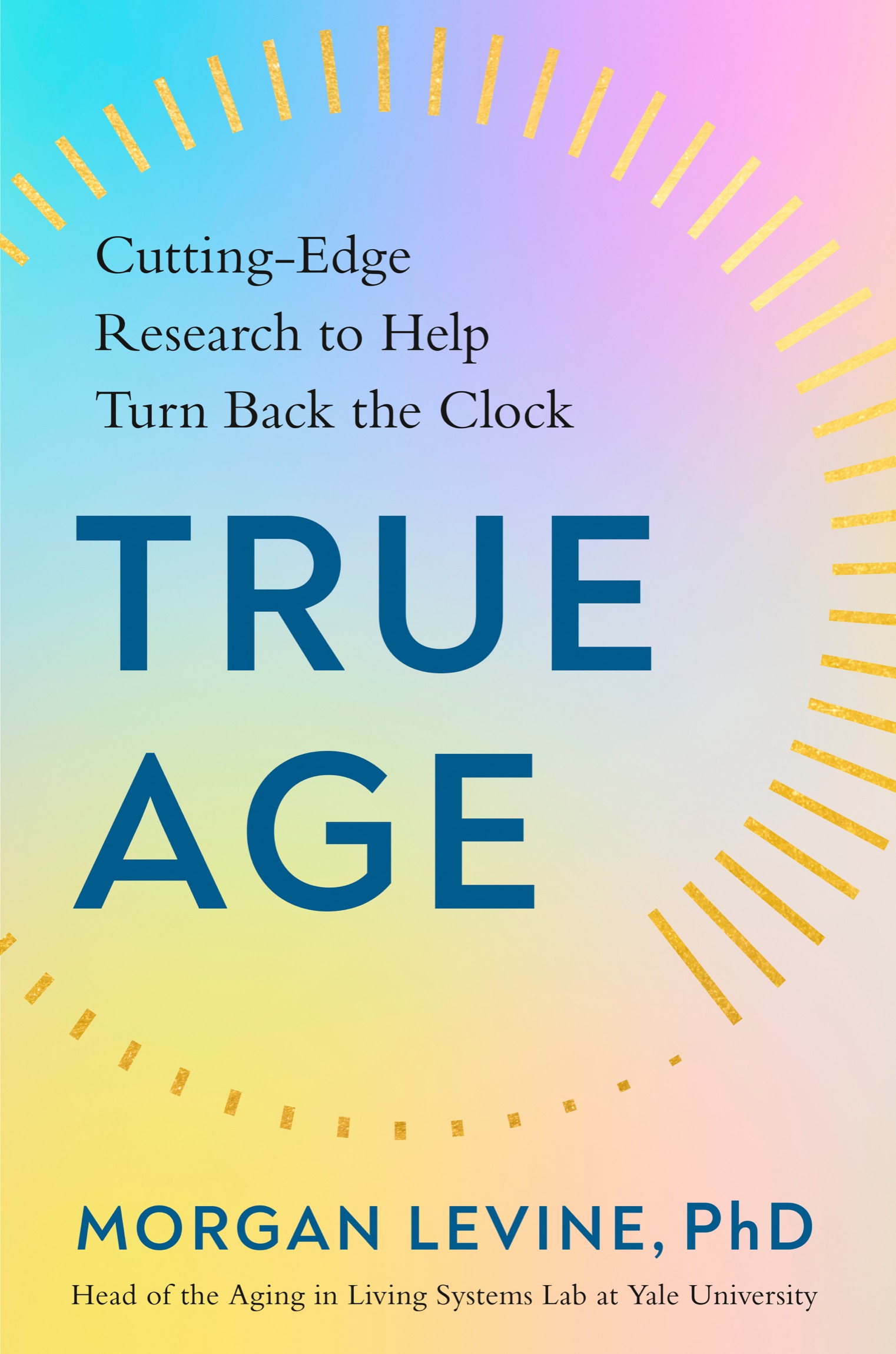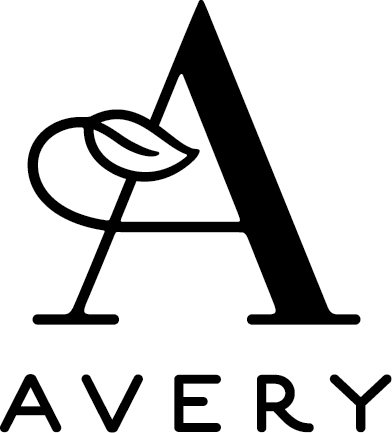
an imprint of Penguin Random House LLC
penguinrandomhouse.com
Copyright 2022 by Morgan Levine, Ph.D.
Penguin supports copyright. Copyright fuels creativity, encourages diverse voices, promotes free speech, and creates a vibrant culture. Thank you for buying an authorized edition of this book and for complying with copyright laws by not reproducing, scanning, or distributing any part of it in any form without permission. You are supporting writers and allowing Penguin to continue to publish books for every reader.
Library of Congress Cataloging-in-Publication Data
Names: Levine, Morgan, author.
Title: True age: cutting-edge research to help turn back the clock / Morgan Levine, PhD.
Description: New York: Avery, an imprint of Penguin Random House, [2022] | Includes index.
Identifiers: LCCN 2022001402 (print) | LCCN 2022001403 (ebook) | ISBN 9780593329283 (hardcover) | ISBN 9780593329290 (epub)
Subjects: LCSH: AgingPrevention. | AgingNutritional aspects. | Diet. | Exercise. | Longevity.
Classification: LCC RA776.75.L475 2022 (print) | LCC RA776.75 (ebook) | DDC 613.2dc23/eng/20220224
LC record available at https://lccn.loc.gov/2022001402
LC ebook record available at https://lccn.loc.gov/2022001403
Cover design: Nellys Liang
Book design by Laura K. Corless
Neither the publisher nor the author is engaged in rendering professional advice or services to the individual reader. The ideas, procedures, and suggestions contained in this book are not intended as a substitute for consulting with your physician. All matters regarding your health require medical supervision. Neither the author nor the publisher shall be liable or responsible for any loss or damage allegedly arising from any information or suggestion in this book.
pid_prh_6.0_139880752_c0_r0
To my daughter, Aria, and my husband, Zach. Thank you for filling my days with joy. You help remind me why life is so precious, and I look forward to spending many adventurous and fulfilling decades with both of you.
Age is not measured by years. Nature does not equally distribute energy. Some people are born old and tired while others are going strong at seventy.
Dorothy Thompson, the First Lady of American journalism
CONTENTS
On a sunny April afternoon in Connecticut, I stand in my kitchen trying to make myself salivate. Its my thirty-sixth birthday, and to celebrate, Im collecting my saliva in a clear tube that I will then place back into its neat little box that will be shipped to a laboratory in Atlanta, Georgia. As my sample begins to rise to meet the black line reading Fill to Here, I hold it up to the light and examine its contents. I imagine all the cellsa combination of my white blood cells and cheek cellsfloating in the frothy liquid. Each one contains a chemical code that can be deciphered to reveal insights into my personal health and aging profile.
As I fasten the cap to the tube and slip it into the bag that was provided alongside it, I think back on all my actions over the past year. Have I been getting enough sleep? Should I have eaten all those sweets over the holidays? What effect will the past year of being in quarantine haveits April 2021 and COVID-19 has reshaped the world as we knew it. I consider myself to be someone who is very healthy, yet trepidation remains when it comes to peeking under my metaphorical hood. Thats because, even though I know I will be blowing out thirty-six candles on my birthday cake this evening, this test will ultimately reveal what my True Age is.
When it reaches the lab in Georgia, scientists isolate my DNA from all the other contents in the sample. DNA is known for containing the genetic code, or set of instructions used to build and maintain each of us. However, it also comprises other critical information buried in a hidden language referred to as the epigenetic code. Epigenetics doesnt refer to changes in the DNA sequence that each of us inherits from our biological parents (the pattern of A, C, G, and T), but rather chemical tags attached to the DNA and/or the proteins that pack it. These chemical modifications control how our DNA operates or functions. As a scientist working in this field, I refer to epigenetics as the operating system of the cell. It dictates all the basic functions of a cell, from metabolism to if/when the cell should divide, even down to the identity of a cell. For instance, the neuron cells in your brain have the same DNA sequence as the epidermal cells making up the outer layer of your skin. Yet what sets these types of cells apart is their epigenome, which instructs a neuron to be a neuron (both physically and functionally) and an epidermal cell to be an epidermal cell. What scientists have also discovered, however, is that the epigenetic code changes as we age, and that by reading these changes, we can determine who among us is aging faster versus slower than expected, and thus reveal our True Age.
A few weeks later I get the email that my results are in. I click on the link, sign in to my personal account, and then scroll down to reveal the answerthirty-one years old. I am relieved that its in the direction I hopedmy biological age is five years younger than my chronological agebut to be honest I was kind of hoping it would be better. In addition to my overall biological age score, I am also provided scores for various system-specific measuresthings like inflammation, liver functioning, and even brain health.
Given that I was the one who developed these measures, I know that they reflect the age-relative levels of various proteins in my blood that correspond to these distinct categories. For instance, if you were to visit your physician with concerns about your kidney function, the doctor would likely run a series of tests for things like creatinine, alkaline phosphatase, urea nitrogen, bicarbonate. Perhaps you have even had a test like this before. Typically, the numbers would assess various markers and be used to signal whether you might have a disease in the given tissue. But even if you are fine, critical information about your health is hidden within these numbers. By combining them, we can generate your health profile for a given tissue and then use that benchmark to determine whether you appear to be progressing toward disease more quickly or more slowly than is expected for your age. Whats more, we dont necessarily need you to take a trip to your doctor or local lab for a blood draw. In fact, we can get a fairly reliable estimate of these profiles from the epigenetic patterns of the cells in your spit.
According to these systems measures, my aging is wonderful when it comes to my metabolic health and brain health. A weak spot appears for me, however, in my immune health and possibly higher levels of inflammation. I am also provided with feedback on what my aging type is. According to the test, around 10 percent of people in the population have an aging profile similar to minemeaning that they share the same strengths and weaknesses when it comes to the various systems. Generally, people with my profile are more likely to be female, have the lowest obesity rates, yet tend to be at more immediate risk of things like arthritis and even cancer. While its exciting to learn new things about yourself, what really matters is what you can do about it. Can we turn back the clock? While scientists are working to discover ways to slow aging, that doesnt mean we need to sit idly by. There are things each of us can be doing now, and once we know our numbers, we actually have a way to determine whether the choices we make are helping us.

